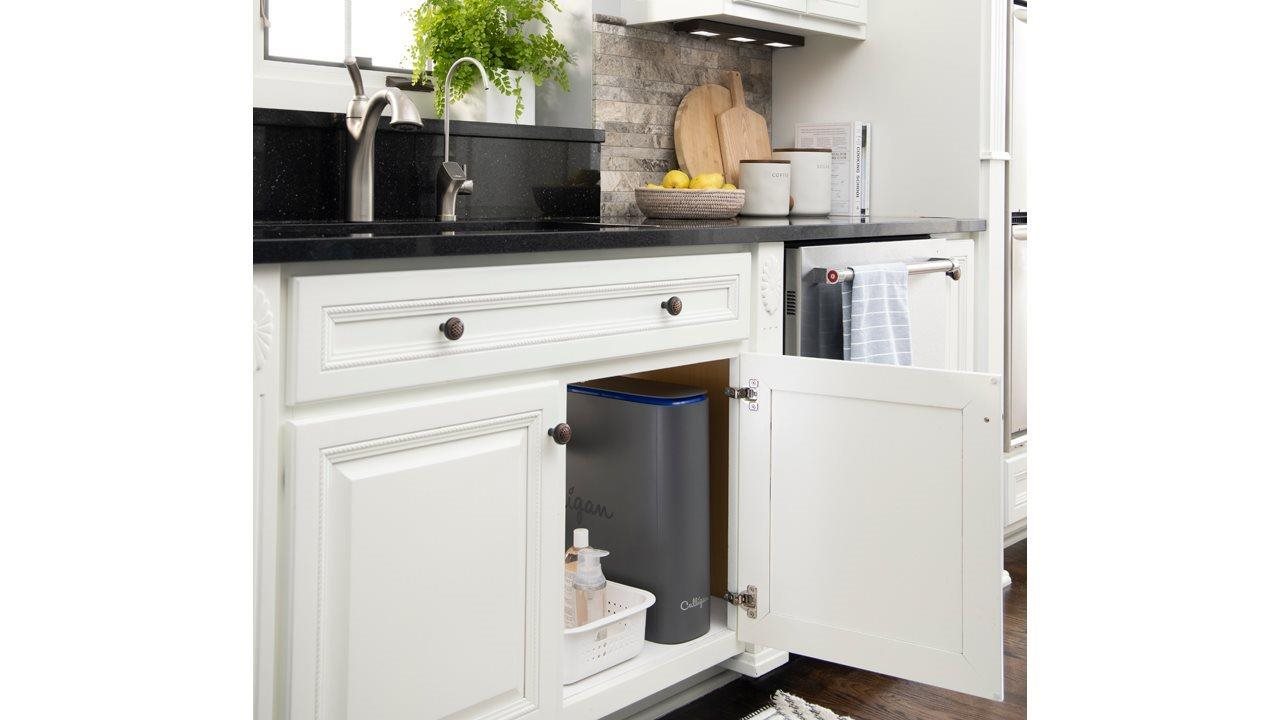
(BPT) – Clean drinking water is easy to take for granted — especially at home, where many assume it can be obtained with the simple turn of the faucet. But as you enjoy that cold glass of water, you may be missing subtle signals that it’s time to get your home’s water supply tested.
Over the last decade, North America’s aging infrastructure along with new and emerging contaminants have heightened the risk of harmful impurities potentially contaminating our water supply and placed water quality in the forefront of North Americans’ minds. A recent study from Culligan International, a leading international water treatment organization, indicated that while 75% of North Americans think water safety is a growing issue, only 33% have had their home supply tested for contaminants.
Poor drinking water quality can affect everything from your health to the longevity of the pipes throughout your home. Ensuring your drinking water is safe can’t be left to chance. To protect yourself, your family and your home, follow these four simple tips:
- Know where water contamination can occur. Water impurities are not just limited to the water source. They can also happen in the distribution system after treatment from the local municipality or private well. While many naturally occurring chemicals and impurities from local water treatments can be filtered at the source, additional contamination can occur in service pipes. These issues are commonly found in homes built prior to 1986 when lead pipes, fixtures and solder were regularly used.
- Notice any issues that may be caused by water impurities. Some signs of problem water include corroded plumbing fixtures, unpleasant odors, disagreeable taste, discolored water and even shortened appliance lifespan. It is important to note that some water contaminants cannot be detected by taste, odor or color. In these cases, only a water test can identify an issue.
- Schedule a test to identify impurities in your water. Because water contamination can happen at any time and/or through a local municipality, an underground well or a homeowner’s own pipes, it is important to have your water tested by an expert who can determine the necessary steps to eliminate any harmful impurities that may be present. While testing can be done at any time, Culligan recommends scheduling a water test specifically after moving into a new house, if appliances that use water are collecting residue or burning out, and as soon as you notice a change in your water’s taste, odor or appearance. Well water should also be tested whenever you notice any changes in your water, such as color, taste, odor or cloudiness.
- Find a filtration system that meets the needs of your home. Water treatment solutions, such as water softeners, reverse osmosis systems and specialty filters, reduce specific impurities that may be found in your water. Look for options that offer multiple stages of filtration, like Culligan’s groundbreaking Aquasential Smart Reverse Osmosis Drinking Water System, which offers 12 different filter options and is certified to reduce 60 contaminants including lead, arsenic, pharmaceuticals, volatile organic compounds (VOCs) and PFOA/PFOS, plus 15 emerging contaminants. The system’s modern design features a drinking water faucet with instant performance feedback in brushed nickel, chrome, matte black and bronze finishes. It also offers a smart device app that gives users intuitive control over the RO system with water alerts, maintenance needs and tools that put tracking water consumption at the tips of homeowners’ fingers.
Investing in updated water treatment technology is one of the most important steps you can take to ensure the water in your home is cleaner, safer and free of most harmful contaminants. For more information about in-home water treatment solutions or to schedule a free in-home water test, visit www.culligan.com.
